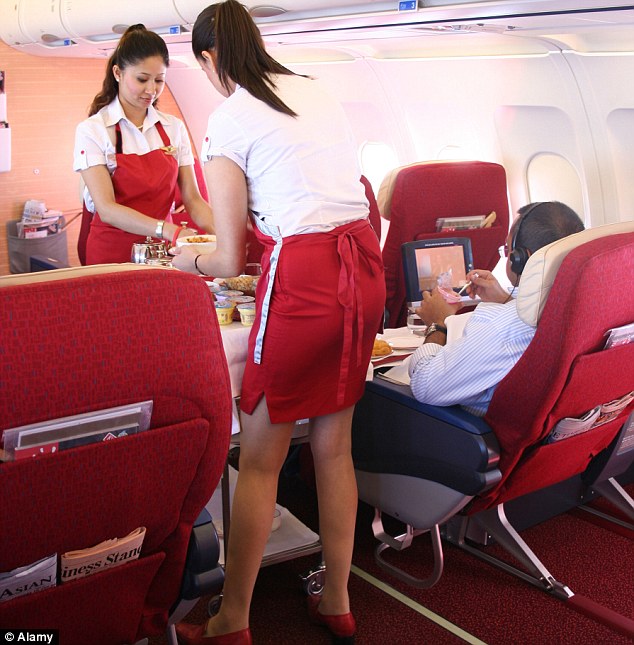Our industry has advanced from learning to fly to learning to fly bigger, faster, and heavier planes for a little more than a century. There are currently more than 100,000 commercial flights every day, or more than 400 departures per hour, around the world. One of the safest and most dependable modes of transportation today, aviation has been at the cutting edge of technology.
 Airlines must accurately examine themselves, their competitors, and the market’s structure and competitive environment to secure long-term viability where they operate, maintain their market share and accomplish their goals. For instance, Unitedwifi employs various business tactics to draw customers and gain an advantage over rival airlines. Using the differentiation technique, it provides flights to 100 cities and 200 U.S. locations. This allows the business to compete with low-cost carriers offering their clients low prices but only a few routes.
Airlines must accurately examine themselves, their competitors, and the market’s structure and competitive environment to secure long-term viability where they operate, maintain their market share and accomplish their goals. For instance, Unitedwifi employs various business tactics to draw customers and gain an advantage over rival airlines. Using the differentiation technique, it provides flights to 100 cities and 200 U.S. locations. This allows the business to compete with low-cost carriers offering their clients low prices but only a few routes.
Going, Green
Due to decreasing flight prices over the past few decades, customers have had more freedom to travel internationally. More individuals can now visit friends and family, explore new locations, or travel for business thanks to airlines’ focus on cutting costs. With growing environmental consciousness and the requirement that airlines cut carbon emissions, this trend of democratisation of travel is facing a significant challenge. Consumers will wish to travel in the future with fewer or no carbon emissions. Airlines have the chance to stand out from the competition and provide “green offers” to clients, such as possibilities for carbon-offsetting travel.
Knowing Customers’ Needs
The goal of the “product differentiation” approach is to give airlines the freedom to be as innovative as they deem fit in creating products that live up to customers’ desires, to be able to distribute them through any networks with any collaborators at the same level of preference and transparency, to offer a high level of servicing, and to make sure that all products are accessible without any problems across all travel partners. For instance, Virgin’s differentiating strategy consists of pricing and service. Virgin Atlantic WiFi can compete with low-cost airline firms by lowering air travel expenses.
Customers may also receive an offer completely customised to suit their requirements and the payment option they like to use. Product differentiation is critical if airlines can satisfy customers’ wants and are attentive to their demands. “Customer-centric” and “product differentiation” go hand in hand.
A Brand-new Operational Base
The need for transformation is much more pressing now that airlines are trying to grow their businesses to new heights, and the benefits of offering something unique are larger. Airlines must begin “thinking like a retailer” and emphasise Offer and Order transformation to succeed in a world that is becoming increasingly digitally driven.
A new customer-centric operating platform based on open systems, automation, optimisation, artificial intelligence, and personalisation will be necessary to modernise Offer and Order. Beyond this, other operational aspects of the Offer and Order universe will develop, including revenue management, collaborations, product, and distribution.
The switch to offers and orders ushers in a new operating system that allows airlines to sell more to create and advertise novel, rich, distinctive offers tailored to the interests of the individual, segment, or market. The way offers are created and optimised is significantly altered by this.





